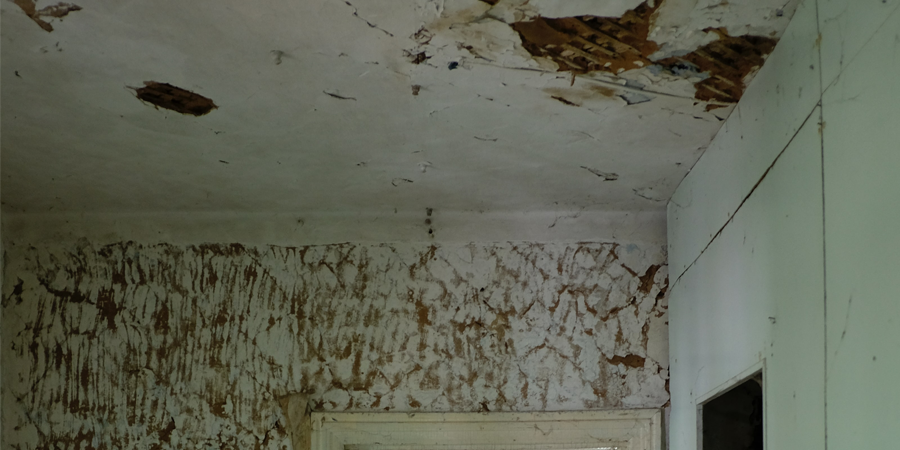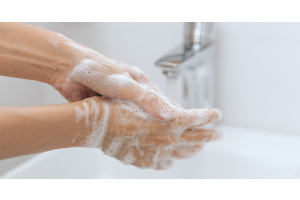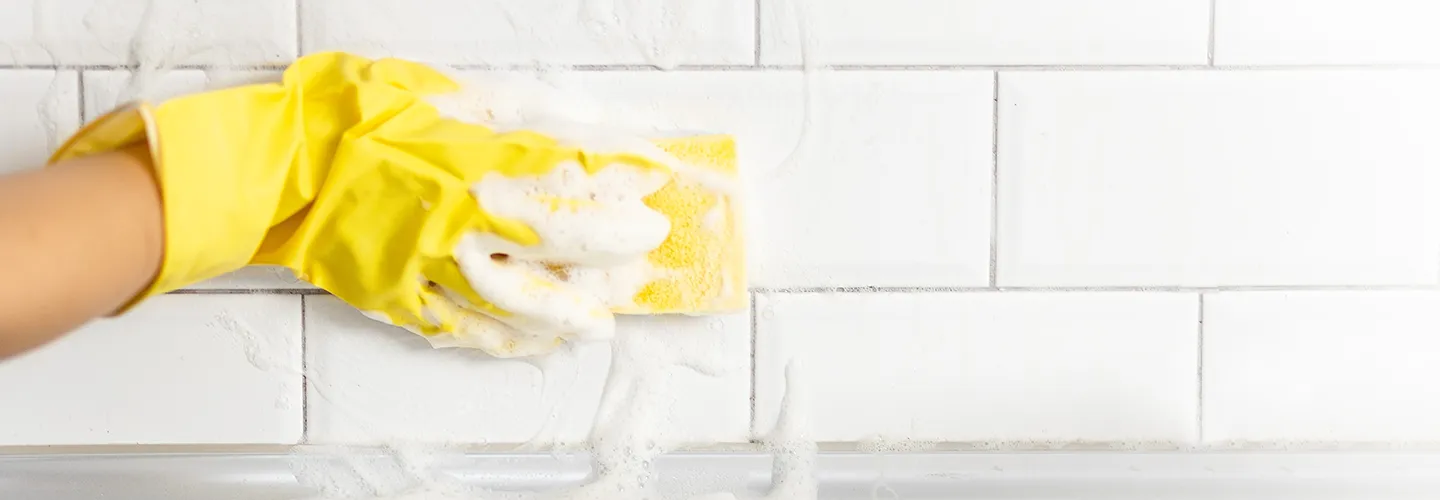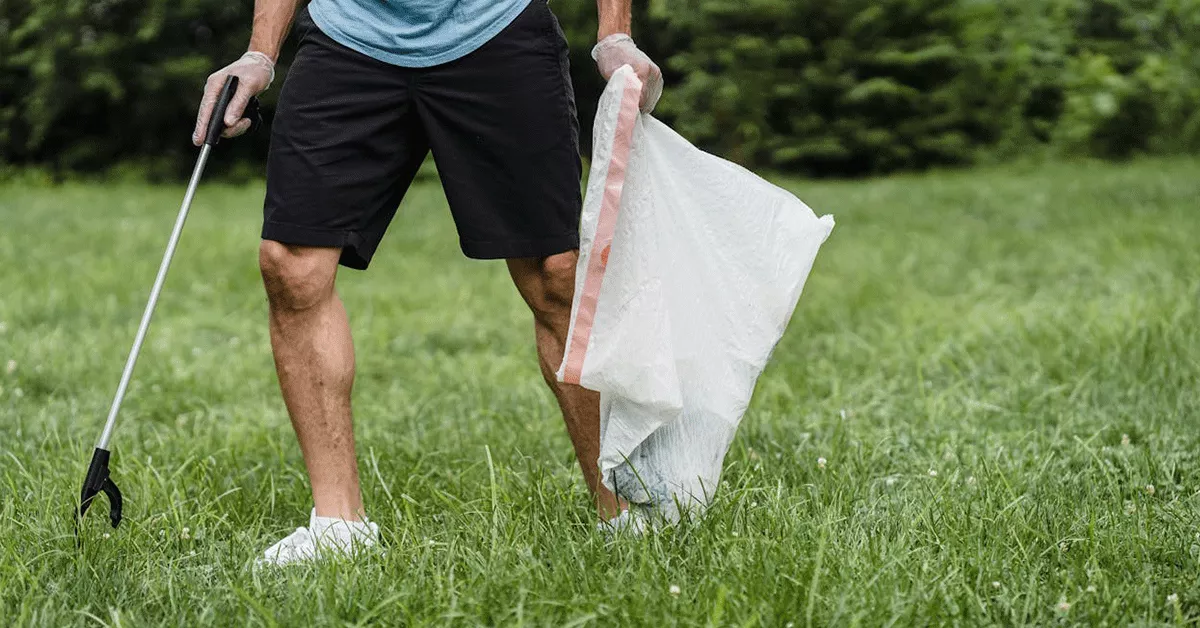How to remove mould

With the recent floods and rain across Queensland and New South Wales, many of us face a new problem - mould. Whilst mould poses serious health and safety hazards to people around it, it can also destroy building materials, potentially causing structural damage. Mould can grow on various surfaces, including wood, walls, ceilings, bathroom tiles, roofs, windows and pipes. If mould is left unchecked, it will continue to give off toxic spores and vapours, resulting in allergic reactions, asthma attacks and flu-like symptoms. Let's explore how to protect ourselves when dealing with mould, reducing the source of moisture and how to remove mould safely.
1. Protect Yourself
Mould grows on various building materials, including drywall, wood, insulation, carpet, and dust.
Proper protection will help protect you from mould spores, whether you're just cleaning mould off surfaces or tearing out drywall, rotten wood or mouldy insulation.
The first step is to wear high-quality rubber gloves to protect your hands and nails from coming into contact with the fungus.
Gloves will provide excellent protection when using your hands to clean down mouldy surfaces.
The second step is to protect your eyes by wearing airtight safety glasses.
This is essential as mould spores can become airborne and cause eye infections.
The third step is to obtain a P2 disposable respirator mask to protect against inhaling microscopic spores and bacteria.
Conventional masks don't provide the same level of protection, especially if you're doing a big clean up or suffer from respiratory issues.
Finally, wear protective clothing that can be disposed after it has been in contact with mould
2. Remove the source of moisture
The best way to control mould growth is to control the moisture level.
Mould only grows indoors in wet or moist areas that lack adequate ventilation.
Firstly, maintain proper ventilation to dry out the source of moisture.
If the weather permits, open the windows for cross-ventilation, turn on the fans, and use air-conditioners in dry mode to speed up the process.
Secondly, reduce the humidity level if possible. Limit the use of humidifiers, indoor plants and unflued gas heaters.
This will assist in slowing the down mould growth.
Finally, control the moisture and dampness by repairing any leakages.
Check for water sources from roofing and plumbing leaks, including damaged pipes and drains, and call a plumber if repairs are required.
3. Remove the mould
Now that you are wearing all the recommended protective equipment and have removed the source of moisture, we can begin removing the mould.
Start by sorting and disposing of any mouldy items that cannot be cleaned back to their original state.
These include cardboard boxes, mattresses or bedding that has not been cleaned for several weeks.
Next, wash all soft fabric articles relevant to your business or home on the hot cycle in the washing machine.
Washing with hot water provides the highest chances of killing mould spores.
Items that cannot be washed will need to be professionally cleaned.
When cleaning hard surfaces, we recommend the following products:
The Klean Algae BLMO5WI is a heavy-duty mould inhibitor.
It is perfect for cleaning and removing algae, black mould, moss mildew and green slime.
We recommend Klea Algae for cleaning driveways, walkways, synthetic grass, courts, bricks, sandstone, pool areas, boats, painted surfaces and walls
The Klean Mould MORE500TR Mould and Mildew Removed comes in a 500ml bottle with trigger.
It does not contain caustic soda or phosphates and can be used neat.
It is suitable for use on external walls, internal walls, ceilings, canvas, vinyl or timber.
The Enzyme Wizard EWMM5LPK is a multi-purpose bathroom and kitchen cleaner.
It is highly concentrated with a proprietary multi-enzyme formula that breaks down mould spores and fungus.
We recommended Enzyme Wizard for bathrooms and kitchens as it won't damage the surfaces of tile or grout in bathrooms.
It can also be disposed of down bathroom sink drains to break down organic matter.
Overall, taking care of mould is vital in any environment due to the severe health issues it poses.
When removing mould wear protective equipment including gloves, P2 respirator mask, disposable clothing and airtight glasses.
Remember to first begin by finding the source of moisture that is causing the mould!










